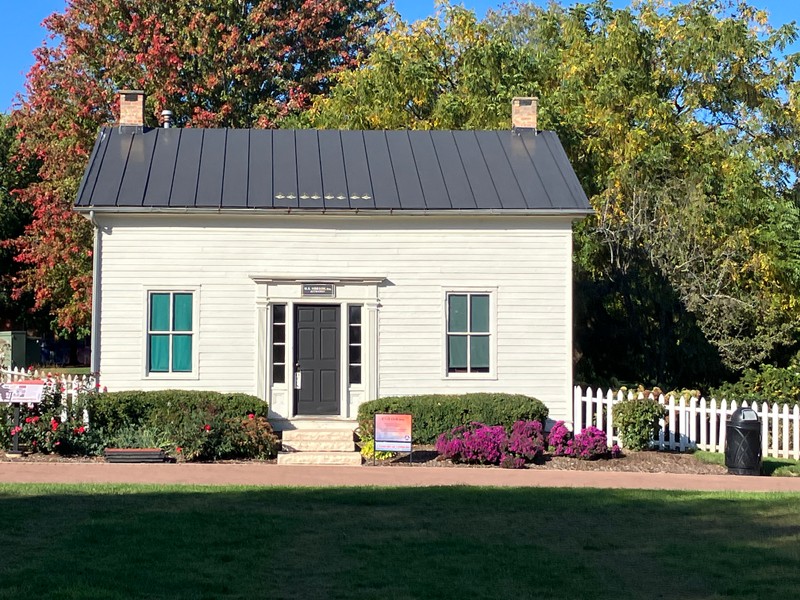Murray House
Introduction
Author-Uploaded Audio
00:00 / 00:00
Listen to a narration of this entry's description by Jessica Toran.
Text-to-speech Audio
“Let each state mind its own business and let its neighbors alone! If we will stand by that principle, then Mr. Lincoln will find that the Republic can exist forever divided into free and slave states.” Ideas such as this, expressed by Democrat Stephen Douglas to a crowd in Quincy, Illinois while campaigning for state Senate, were quite likely a topic of conversation around the table of this house owned by Robert Murray. Murray, a friend of Douglas’s and an avid supporter of states’ rights, was already actively involved in Illinois politics when he built his house on Main Street in 1842. It was here that Douglas stayed after he delivered a campaign speech at Naperville’s New York Hotel, another of Murray’s enterprises, in 1856. Public service was an early calling for Murray, who at age sixteen swam ashore from Captain Naper’s schooner that carried the first settlers. Within a year he had joined the Illinois Mounted Volunteers to defend the settlers during the Black Hawk War. He spent the next two decades in a variety of occupations, including constable, sheriff and student of law, before being admitted to the bar in 1851. Around town he was known simply as “Judge,” an endearing as well as professional title for a man respected in town for his fairness
Images

Backstory and Context
Text-to-speech Audio
With most houses not getting indoor plumbing until the 1930s, families had to rely on outhouses and chamber pots. Some stories tell of gendered outhouses, with a star or sun cutout for men and a moon cutout for women. However, there is not much evidence to support these claims. To cover the inevitable smells, families would plant numerous lilac bushes around the outhouses. These lilac bushes could grow to twelve feet tall.
The Murray Building is another example of Greek Revival architecture at Naper Settlement that pre-dates the Daniels House. Early settlers living in log cabins wanted to build homes with siding as soon as possible in order to have their homes appear more “civilized.” Many settlers in Naperville had come from the East Coast and wanted to imitate the styles of their former New England villages. However, these homes typically had no insulation and were very cold in winter compared to their log counterparts. The Murray House features a narrow line of transom and sidelight windows around the entry door and no entryway porch. The gabled roof with a low pitch and a wide, divided band of trim emphasizes the cornice lines.
Cite This Entry
Amber Foster on behalf of Naper Settlement and Jessica Toran. "Murray House." Clio: Your Guide to History. October 14, 2024. Accessed April 22, 2025. https://theclio.com/entry/185981

